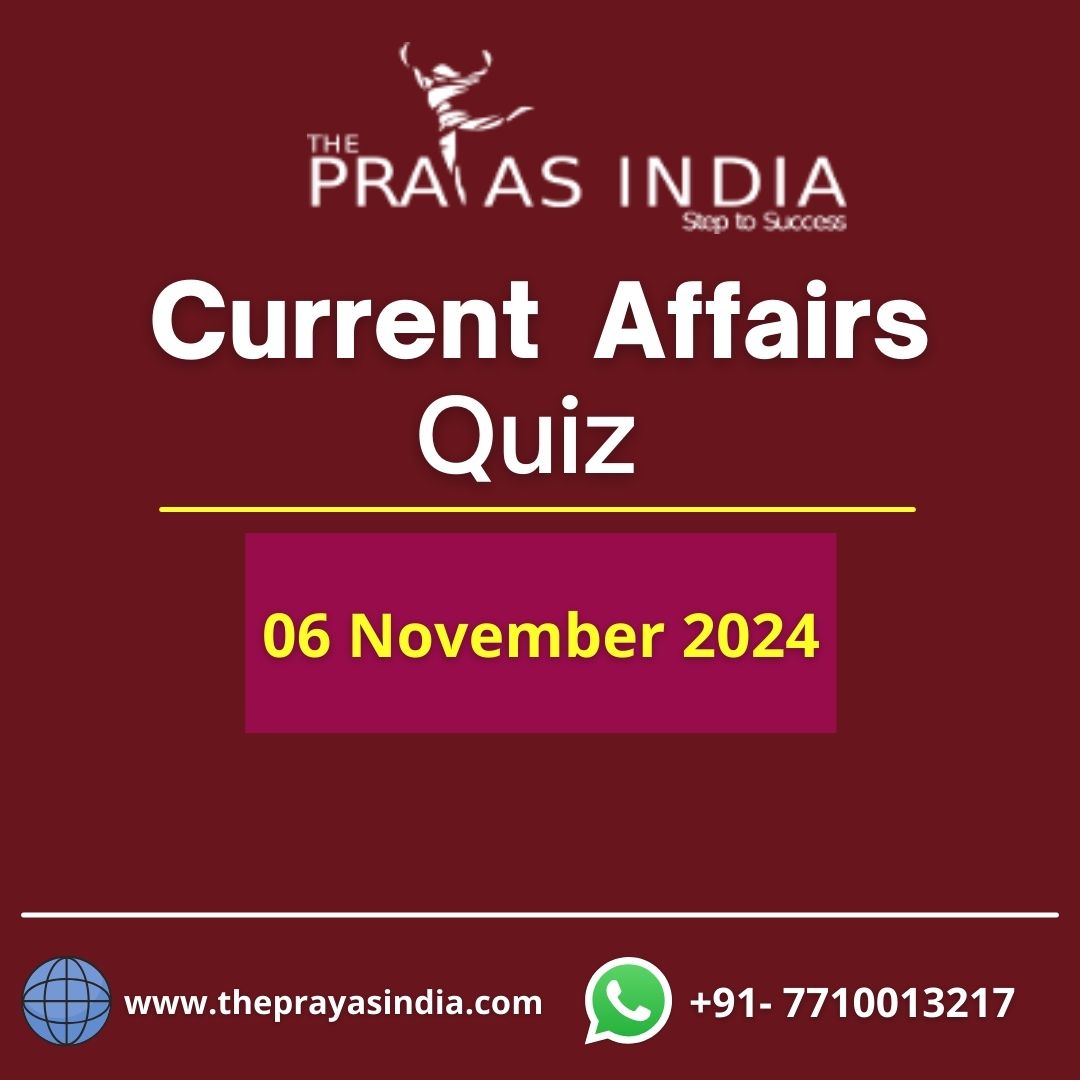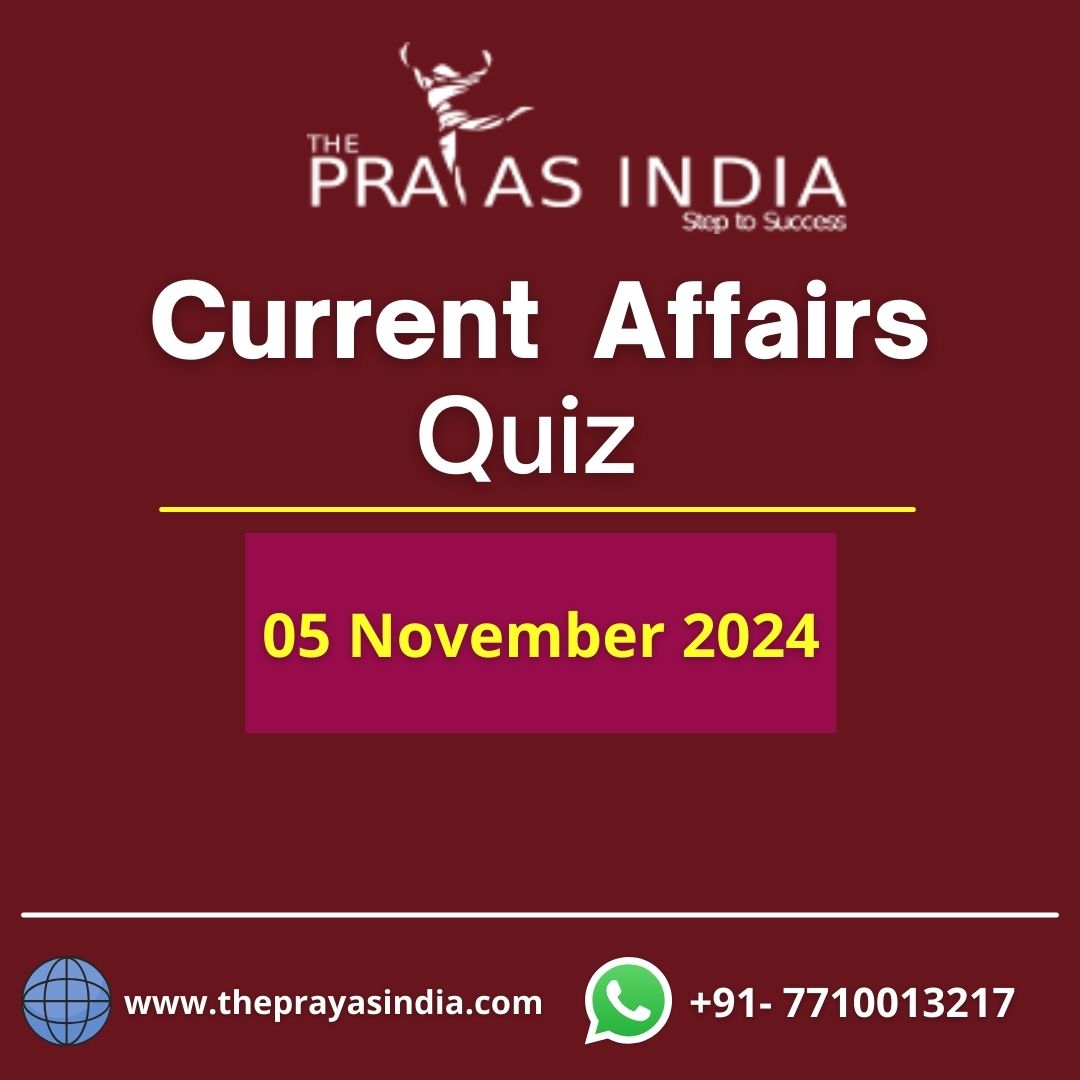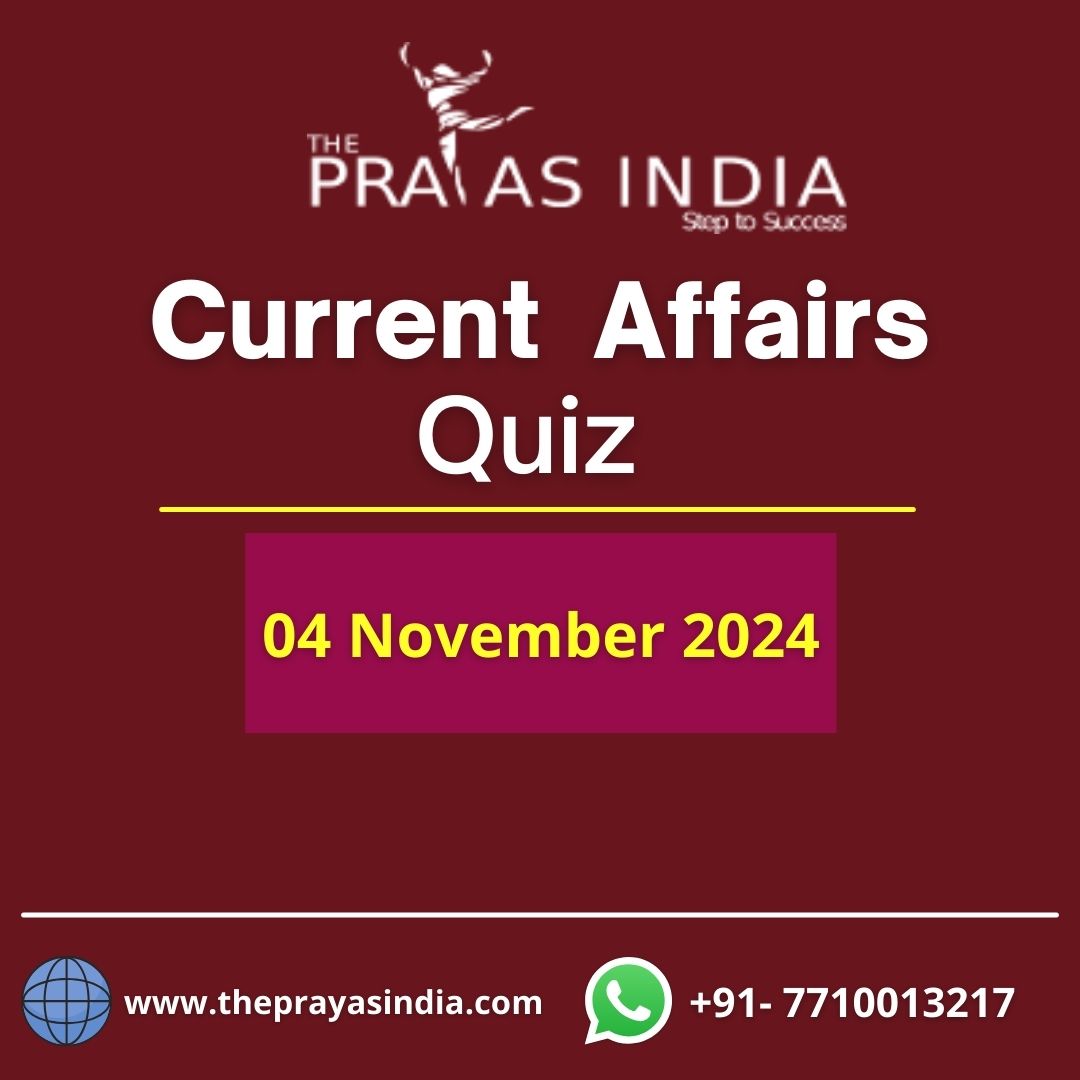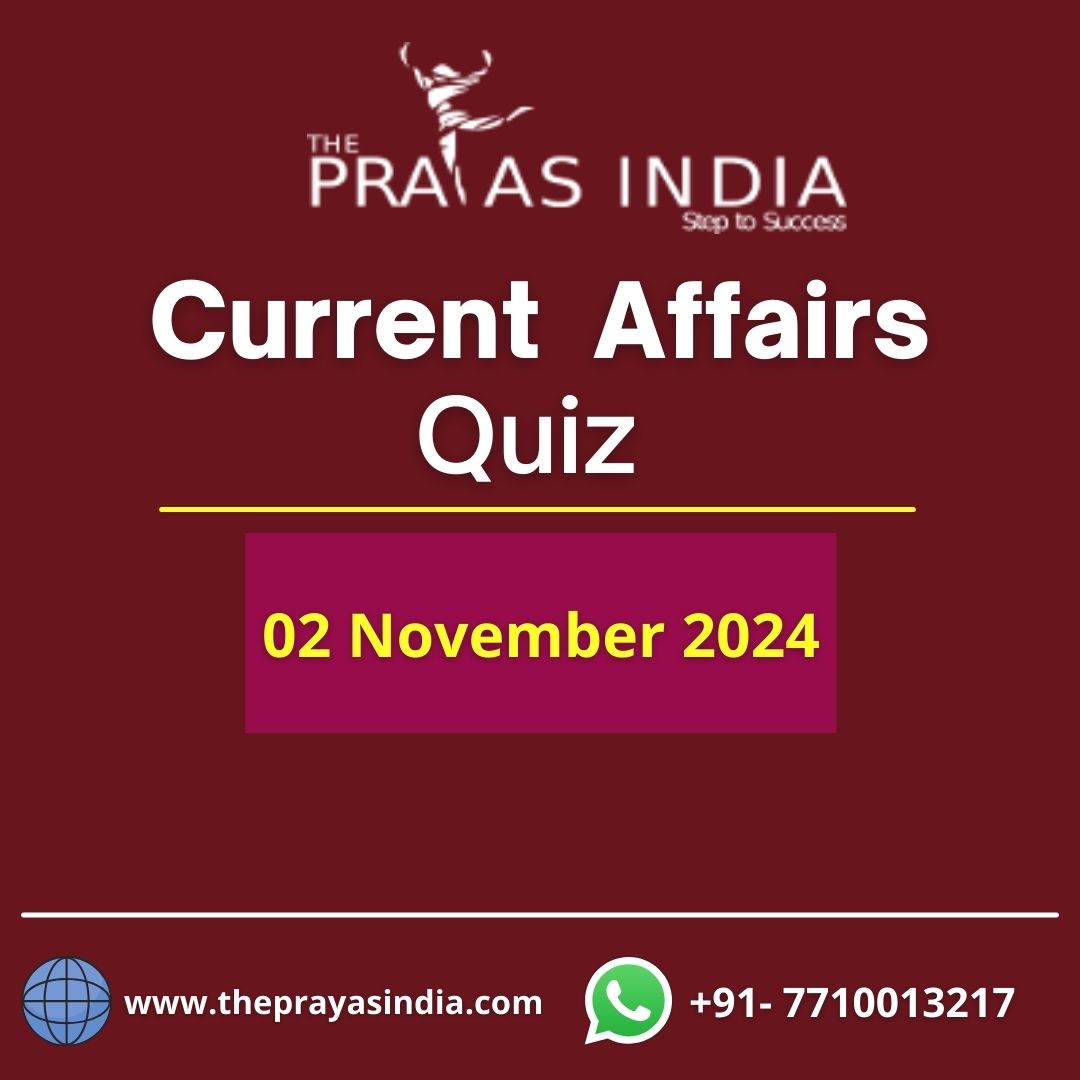Q1. Consider the following statements:
- The president of India can summon a session of parliament at such a place as he/she thinks fit.
- The constitution of India provides for three sessions of the parliament in a year but it is not mandatory to conduct all the sessions.
- There is no minimum number of days that the parliament is required to meet in a year.
How many of the statements given above is/are correct?
(a) Only one
(b) Only two
(c) All three
(d) None
Ans: (b)
Explanation:
- S1 and S2: Article 85(1) of the Constitution empowers the President to summon each House of Parliament to meet at such time and place as he thinks fit, but six months shall not intervene between its last sitting in one Session and the date appointed for its first sitting in the next Session.
- S3: This is correct, refer to the explanation above.
Q2. Consider the following statements about the Pressurized Heavy Water Reactor (PHWR):
- PHWRs use ordinary water as a coolant and moderator.
- PHWRs primarily use enriched uranium as fuel.
- PHWRs operate at low pressure.
- PHWRs produce minimal radioactive waste.
How many of the statements given above is/are correct?
(a) Only one
(b) Only two
(c) Only three
(d) All four
Ans: (a)
Explanation:
- The answer is S1: PHWRs use ordinary water as a coolant and moderator.
- PHWRs use heavy water (deuterium oxide, D2O) as a moderator, but ordinary water (H2O) as a coolant. They primarily use natural uranium as fuel, and they operate at high pressure. PHWRs do produce radioactive waste, but it is less than the amount produced by other types of nuclear reactors.
Q3. Consider the following statements about the Bharat Stage Emission Standards (BSES):
- They are set by the Central Pollution Control Board under the Ministry of Environment and Climate Change.
- They are based on European (EURO) emission standards.
- Bharat Stage (BS) emission norms were first brought into effect in 2014 under the head “India 2020”.
How many of the statements given above is/are correct?
(a) Only one
(b) Only two
(c) All three
(d) None
Ans: (b)
Explanation:
- Bharat Stage Emission Standards (BSES)
- Introduced in the year 2000.
- They are set by the Central Pollution Control Board under the Ministry of Environment and Climate Change.
- Objective: To keep air pollutants emitted by the internal combustion engine of vehicles under control.
- They are based on European (EURO) emission standards.
- Bharat Stage (BS) emission norms were first brought into effect in 2000 under the head “India 2000”. This was followed by BS2 in 2001 and BS3 in 2005.
- However, the emission norms were made more stringent only with the enforcement of Bharat Stage IV (BS4). Thereafter, the Government of India skipped the implementation of BS5 in 2016 and decided to introduce Bharat Stage VI (BS6) in 2020 instead.
Q4. Consider the following countries:
- Uganda
- Tanzania
- Burundi
- Somalia
How many of the above-mentioned countries share borders with Rwanda?
(a) Only one
(b) Only two
(c) Only three
(d) All four
Ans: (c)
Explanation:
- Rwanda is a landlocked country in the Great Rift Valley of Central Africa, where the African Great Lakes region and Southeast Africa converge. Located a few degrees south of the Equator, Rwanda is bordered by Uganda, Tanzania, Burundi, and the Democratic Republic of the Congo.
Q5. Consider the following pairs:
- Karikili Bird Sanctuary: Kerala
- Pala wetland: West Bengal
- Pichavaram Mangrove: Tamil Nadu
- Sakhya Sagar: Madhya Pradesh
How many of the above pairs are correctly matched?
(a) Only one
(b) Only two
(c) Only three
(d) All four
Ans: (b)
Explanation:
- Pallikaranai Marsh Reserve Forest(TN): It is a freshwater marsh in Chennai. It is the only surviving wetland ecosystem in Chennai and the last remaining natural wetlands of South India.
- Karikili Bird Sanctuary (TN): Located in the Kancheepuram District of Tamil Nadu
- Pichavaram Mangrove (TN): It is located near Chidambaram in the Cuddalore District of Tamil Nadu. It could be counted among the largest mangrove forests in the country (more than 1100 hectares).
- Pala wetland(Mizoram): It is the largest natural wetland in Mizoram. The wetland is surrounded by green woodlands.
- Sakhya Sagar (MP): This lake is an integral part of Madhav National Park in Shivpuri, Madhya Pradesh.




